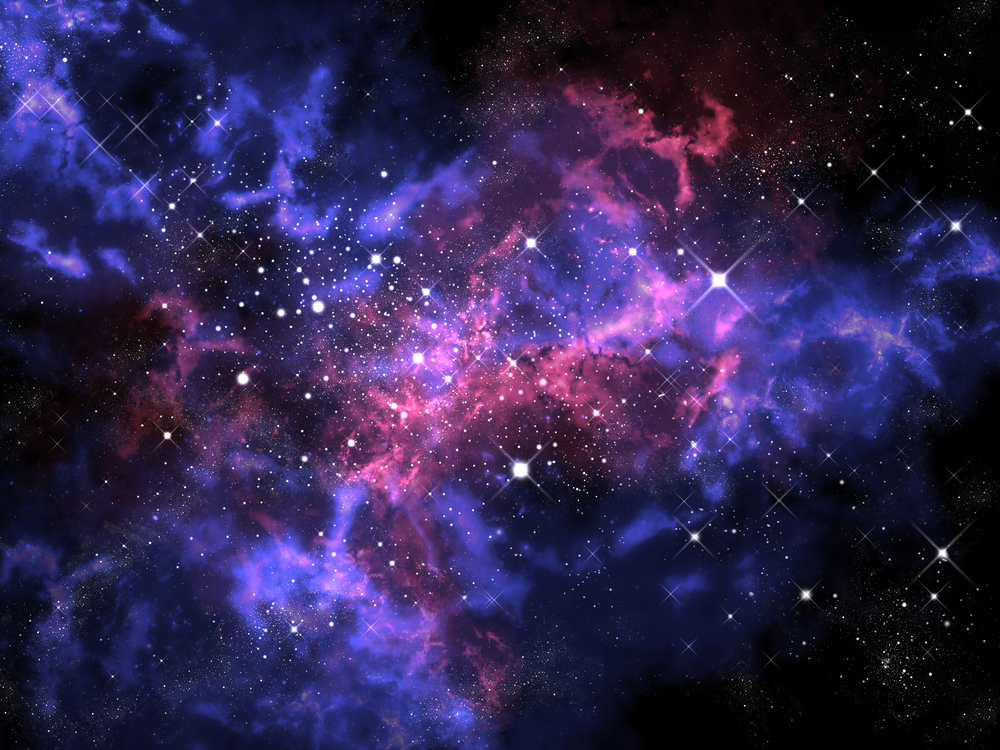Scientists have discovered a mysterious signal from space that repeats every 16 days
Fast radio bursts (FRBs) are perhaps the most mysterious anomalies in space, many of which have unknown origins. According to a new study, such a burst was discovered coming from a galaxy 500 million light-years away from Earth. It repeats every 16 days. Writes about this Fox News.

Фото: Depositphotos
And no one knows why.
This burst, known as FRB 180916.J0158+65, sends out radio wave pulses for four days, stops for 12 days, and then repeats. According to preliminary research, the first 28 patterns were first discovered between September 2018 and October 2019. “We conclude that this is the first detected periodicity of any kind in an FRB source,” the researchers wrote.
“The location found is radically different from a previously discovered repeating FRB, but also different from all previously studied FRBs,” Kenzie Nimmo, a doctoral student at the University of Amsterdam, said in a statement. “The differences between repeating and non-repeating fast radio bursts are therefore less clear, and we think these events may not be associated with a specific type of galaxy or environment.” It's possible that FRBs are produced throughout the universe and simply require certain conditions to be visible."
It is not clear what causes the repetition of the pattern, but the abstract of the study suggests that there is a “mechanism of periodic modulation of either the burst of radiation itself, or through external amplification or absorption."
On the subject: The famous asteroid mysteriously launches particles into space: NASA does not know why
The FRB has been traced back to the galaxy known as SDSS J015800.28 + 654253.0, and despite being 500 billion light-years distant from Earth, it is the closest FRB discovered so far. The light year that measures distance in space is 6 trillion miles.
It is possible that the FRB revolves around a compact object, such as a black hole, causing a repetition of its pattern.
It is not known how common FRB is and why some of them are repeated, while others are not; their origin is also mysterious in nature.
Some researchers suggest that they come from an extraterrestrial civilization.
“They come from all over space, and that they are sent by aliens when even one-way communication takes many billions of years seems unlikely—to put it mildly,” say researchers at the Search for Extraterrestrial Intelligence Institute (SETI).
First discovered in 2007, FRBs are relatively new to astronomers, and their origin is mysterious. According to ScienceAlert, some of them can generate as much energy as 500 million suns can do in a few milliseconds.
In July 2018, the FRB that hit Earth was almost 200 megahertz lower than any other radio signal ever detected.
Read also on ForumDaily:
Trump showed the emblem of the US Space Forces: to Internet users, she recalled a popular series
9 bars on the roofs of New York with stunning views of Manhattan
Elon Musk can leave humans without a starry sky
Subscribe to ForumDaily on Google NewsDo you want more important and interesting news about life in the USA and immigration to America? — support us donate! Also subscribe to our page Facebook. Select the “Priority in display” option and read us first. Also, don't forget to subscribe to our РєР ° РЅР ° Р »РІ Telegram and Instagram- there is a lot of interesting things there. And join thousands of readers ForumDaily New York — there you will find a lot of interesting and positive information about life in the metropolis.











